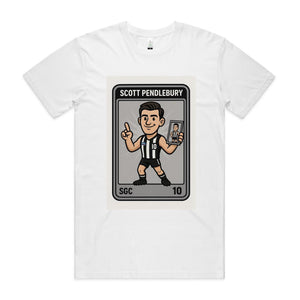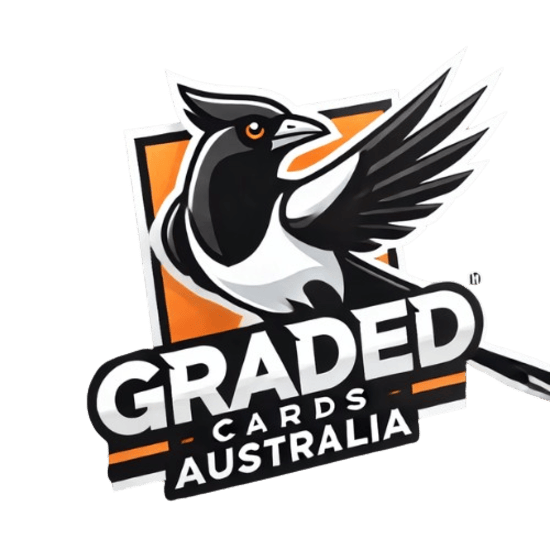The NBA trading card market, once a booming segment of sports collectibles, has seen a notable decline in both value and popularity. While the pandemic years brought a surge of interest, recent trends show a cooling market. What happened to this once-thriving hobby? Here are nine key reasons behind the downturn:
1. Market Oversaturation
Card manufacturers have flooded the market with an overwhelming number of products. Companies like Panini, the current NBA license holder, release numerous sets annually, leading to consumer fatigue. The overproduction of cards reduces scarcity, a key factor in driving value.
2. Economic Factors
Economic uncertainties, including inflation and recession fears, have tightened collectors’ budgets. With less disposable income, many people are prioritizing essential spending over hobbies like trading cards.
3. Decline in Speculative Investment
During the pandemic, trading cards became a popular speculative investment. Prices for rare cards skyrocketed as demand surged. However, this bubble has since burst, with many investors exiting the market after realizing most cards don’t yield significant returns. The result? Stabilized or declining prices.
4. Rise of Digital Alternatives
Digital collectibles like NFTs (non-fungible tokens) have diverted attention and investment away from physical cards. Platforms like NBA Top Shot offer fans the chance to own and trade digital moments, appealing to tech-savvy collectors. This shift has led to reduced demand for traditional trading cards.
5. Quality Concerns
Collectors have raised concerns about inconsistent grading from professional services like PSA and BGS. Additionally, issues with card print quality, including poor centering and damage straight from packs, have frustrated buyers and hurt consumer confidence.
6. Shifting Interests Among Younger Fans
Younger generations are less engaged with traditional trading cards compared to older collectors. They’re drawn to more interactive platforms like fantasy sports, eSports, and digital gaming, which offer different ways to connect with their favorite players and teams.
7. Scams and Fraud
Instances of counterfeit cards, trimmed cards, and fraudulent grading have eroded trust in the trading card market. Collectors now approach purchases with greater caution, which has slowed overall activity.
8. Celebrity Hype and Backlash
During the pandemic, celebrities and influencers heavily promoted trading cards, driving a surge in demand. As this hype cooled, many casual investors and collectors moved on, causing a sharp decline in interest and prices.
9. Challenges with the NBA Game Itself
The decline in trading card popularity may also be linked to the NBA’s own struggles. Critics argue that the current playing style, dominated by three-point shooting and less physical defense, has made the game less appealing to some fans. Additionally, the perception of certain teams lacking competitive spirit or parity in the league has diminished the excitement around basketball. When enthusiasm for the sport itself wanes, it naturally impacts the demand for related collectibles like trading cards.
Looking Ahead
The decline in NBA trading card popularity doesn’t necessarily spell doom for the hobby. Instead, it represents a market correction, bringing prices and interest back to sustainable levels. For passionate collectors, this moment offers an opportunity to refocus on the joy of collecting and building meaningful collections. As the market stabilizes, trading cards may once again find their place as a beloved aspect of sports fandom.





Share and get 15% off!
Simply share this product on one of the following social networks and you will unlock 15% off!